Question:1
When approaching a vehicle that unloads children, you should:
Category : Safety
Question:2
What should you do when your driving lane is blocked by the double-parked silver vehicle (marked with a circle)?
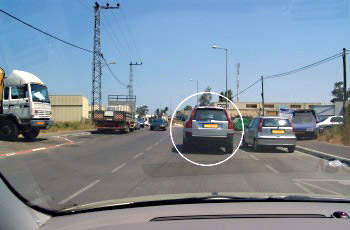
Category : Safety
Question:3
A cement mixer is:
Category : Safety
Question:4
“Alcohol slows down the driver’s ability to respond”: Correct or incorrect?
Category : Safety
Question:5
Is it permitted to overtake according to the situation described in the picture?
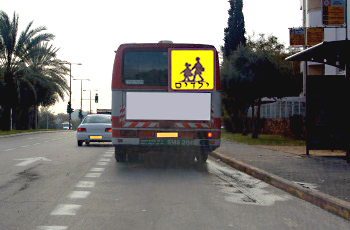
Category : Safety
Question:6
What is the first thing you need to do after entering the vehicle and before starting to drive?
Category : Safety
Question:7
What is the driver obliged to do according to the following picture?
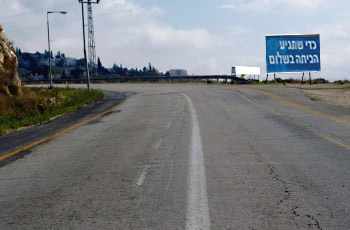
Category : Safety
Question:8
How would you get the attention of the overtaken vehicle’s driver while overtaking on a freeway (motorway)?
Category : Safety
Question:9
According to the picture, who of those involved should take measures to prevent an accident?
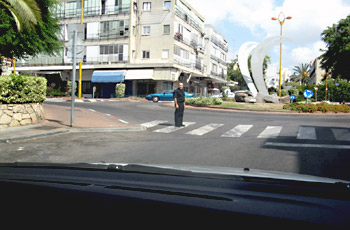
Category : Safety
Question:10
According to the picture, how are you required to conduct yourself when driving on the roadway?
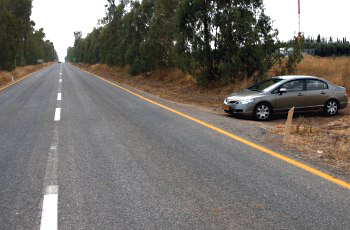
Category : Safety
Question:11
What should you do when you are about to start driving after stopping or parking at the side of the roadway?
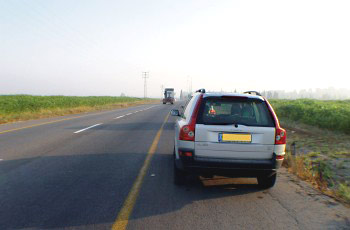
Category : Safety
Question:12
What are the “blind spots”?
Category : Safety
Question:13
What is the correct way for changing lanes?
Category : Safety
Question:14
What are the characteristics of a mountain road?
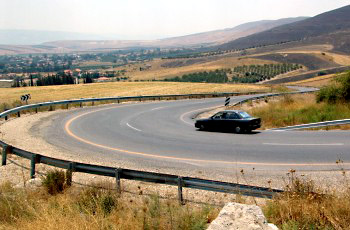
Category : Safety
Question:15
Upon parking your vehicle on the right of the road in an urban:
Category : Safety
Question:16
How can you avoid frontal collision while driving on a narrow and winding mountain road?

Category : Safety
Question:17
Driving behind the heavy vehicle in the given road conditions, obligate you to:
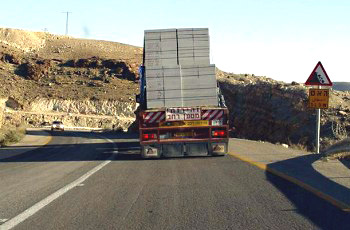
Category : Safety
Question:18
The wind resistance that a driving vehicle faces affects:
Category : Safety
Question:19
What conduct can be expected from the vehicles in the following picture?
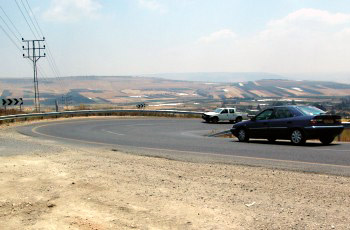
Category : Safety
Question:20
When spending time in a club (pub):
Category : Safety
Question:21
What is the effect of driving at a high speed during an accident?
Category : Safety
Question:22
On which part of the semi trailer is a 6.10 meter long freight container loaded?
Category : Safety
Question:23
How should a driver conduct himself if one of his tires punctures while driving?
Category : Safety
Question:24
Which vehicles must be equipped with a fire extinguisher?
Category : Safety
Question:25
What is the required conduct of a driver that exits a dirt road and intends to enter a paved road?

Category : Safety
Question:26
What are you required to do when during a night drive you are confronted with a vehicle that doesn’t dip its lights and blinds you?
Category : Safety
Question:27
What is the advantage of driving at a low speed during dangerous situations?
Category : Safety
Question:28
When is there a danger of vehicle skidding?
Category : Safety
Question:29
“Drinking a large quantity of alcohol disrupts the driver’s peripheral vision and field of vision”: Correct or incorrect?
Category : Safety
Question:30
What is the main risk of approaching an intersection on a wet road?

Category : Safety

